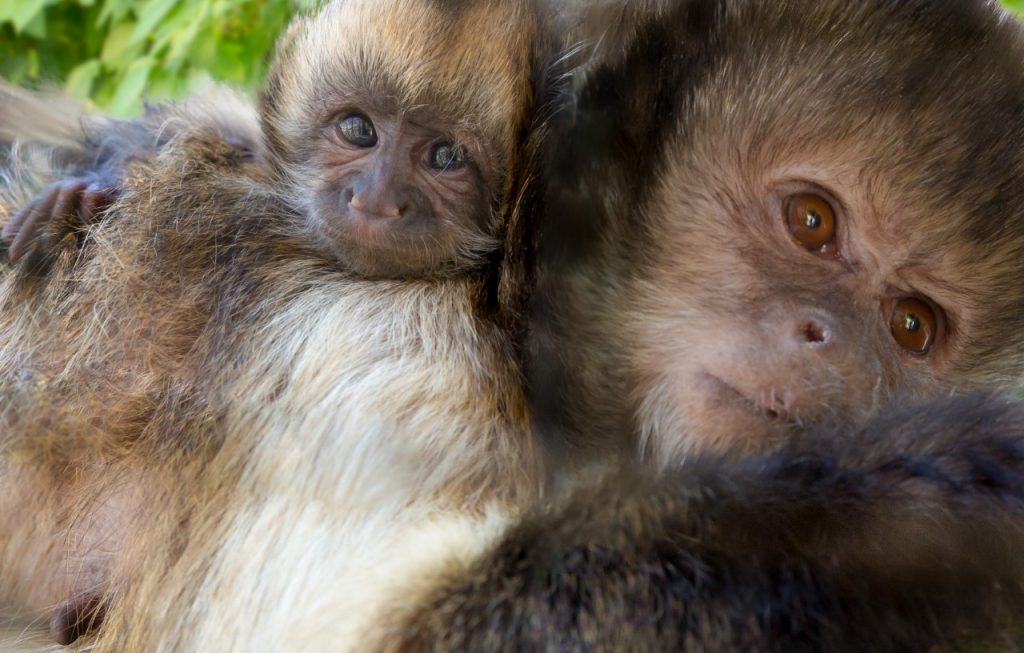A review of the nutrient content of commercial feeder insects and strategies for increasing their nutrient content
Citation
Finke MD. 2015. A review of the nutrient content of commercial feeder insects and strategies for increasing their nutrient content. In Bissell H, Brooks M Eds. Proceedings of the Eleventh Conference on Zoo and Wildlife Nutrition, AZA Nutrition Advisory Group, Portland, OR.
Abstract
Insects are an important source of nutrients for a wide variety of captive insectivores including many reptiles and amphibians. Nutrient analysis of many of the more common commercially available feeder insects has now been published. These data are reviewed and discussed in light of the fact that unlike many free ranging animals, insectivores in captivity are fed a limited number of different species of insects and therefore may be more prone to nutritional deficiencies. Nutrient deficiencies reported in the literature for various species of captive insectivores include calcium deficiency, vitamin A deficiency and thiamine deficiency. Additionally nutrients where intake is likely to be low based on chemical analysis of commercially available insects include vitamin E, vitamin B12, carotenoids and omega-3 fatty acids. Feeding management strategies for optimizing nutrient intake of captive insectivores fed commercially available feeder insects are presented. In addition, a review of the various methods for enhancing nutrient content and the advantages and disadvantages of each will be reviewed. These methods include dusting the insect with a nutrient rich powder, gut-loading the insect with a nutrient dense diet and changing the feed of the insect during growth to optimize key nutrients.
 34_Finke.pdf 10 KB
34_Finke.pdf 10 KB








